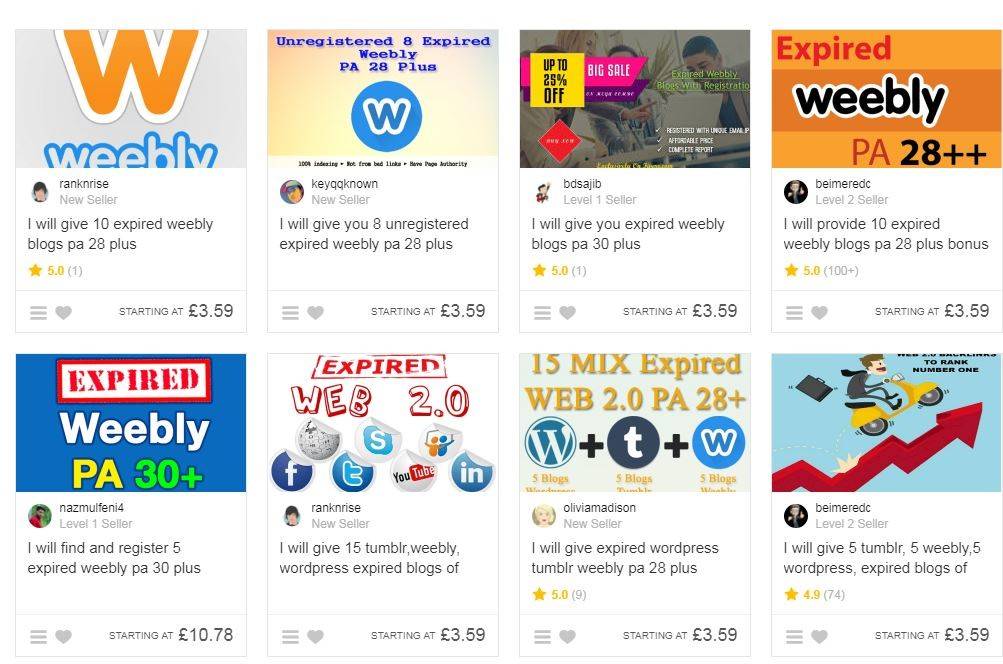Building trust with search engines can feel like swimming upstream—especially with constant algorithm updates—yet one classic tactic remains surprisingly effective when executed with finesse. Below is a vivid, modern guide to constructing web 2.0 backlinks safely, using top-tier platforms, determining whether they still deliver real value today.
Crafting Web 2.0 Properties Without Triggering Red Flags
The safest path begins with designing each property as if it were a genuine, stalone microsite—not a hurried link drop. Start choosing a niche-related theme, customizing visuals, adding an introductory post that sets the tone. Publish a second piece with fresh insights before you even think about linking outward. This staggered approach creates the appearance of a real content hub rather than a synthetic node.
Use distinctive writing styles across your properties so no two sites resemble each other. Alter pacing, swap layouts, vary multimedia elements. These organic differences help your network blend into the digital crowd instead of signaling manipulation.
When it’s finally time to place your outbound link, integrate it naturally within helpful text instead of forcing it into a rom sentence. One well-supported link outweighs a dozen awkward insertions.
High-Authority Web 2.0 Platforms Worth Leveraging
Some platforms st taller than the rest thanks to their long-sting trust, strong domain authority, freedom to publish:
- Word-Press.com – Exceptional for long, resource-heavy articles.
- Blogger – Google-owned, user-friendly, easy to personalize.
- Tumblr – Great for shorter visual posts with shareability.
- Medium – Perfect for thoughtful, editorial-style pieces.
- Wix – Lets you craft visually rich mini-sites.
- Weebly – Clean layouts that help your writing look polished.
- Jimdo – Simple structure ideal for quick publishing that still looks credible.
Each of these platforms gives you room to create legitimate, bred mini-publications instead of thin link pages.
Example of a Strong Web 2.0 Backlink
Picture this: you build a .com blog exploring trends in online bring. You publish two well-researched posts. On the third, you dive into long-term organic growth strategies. Near the closing lines, you reference your main website as a helpful resource link to it once. That single contextual mention—supported relevant content—creates a clean, trustworthy backlink that search engines can evaluate positively.
Do These Links Still Matter in Today’s Lscape?
Absolutely—when created with authenticity. They aren’t the powerhouse links they were a decade ago, but they still play a crucial role in diversifying your profile. Think of them as foundational signals that support higher-authority links. They show search engines that your br exists in multiple corners of the internet, not just your main domain.
They’re also ideal for shaping bred anchors, testing topical clusters, boosting early-stage sites that need initial trust.
Final Word
Web 2.0 properties remain a quiet but dependable asset when you treat them like genuine websites rather than disposable link machines. Thoughtful content, natural pacing, smart platform choices let these links strengthen your SEO without inviting penalties. For marketers willing to invest a bit of creativity, they still deliver meaningful results.
